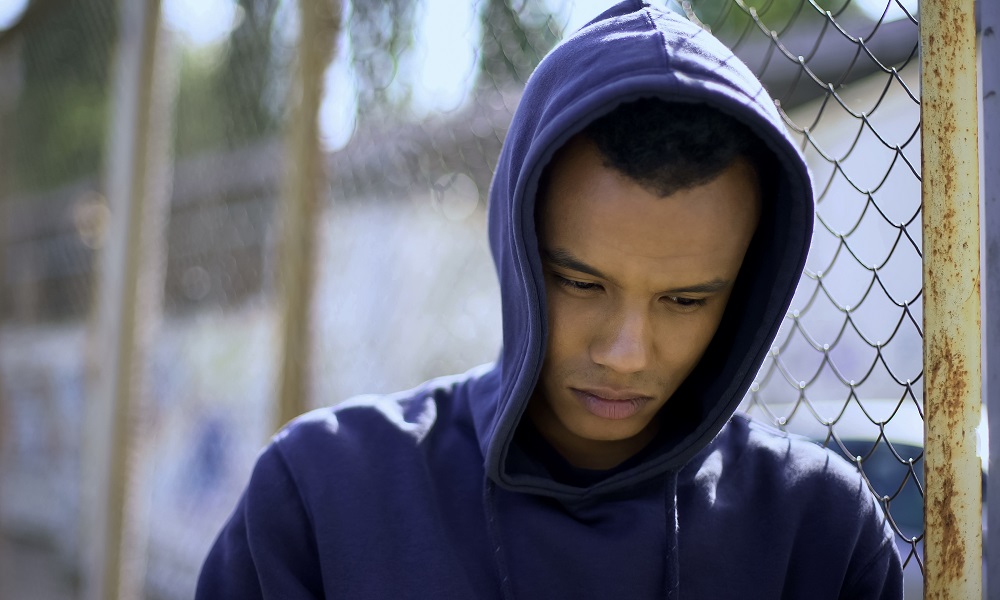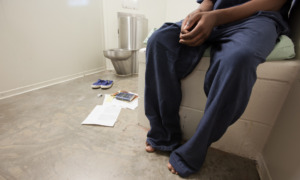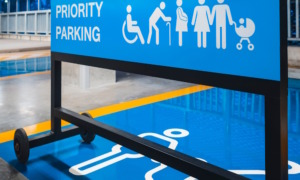Author(s): The Sentencing Project – Josh Rovner
Published: March 15, 2022
Report Intro/Brief:
“The United States incarcerates an alarming number of children and adolescents every year. Disproportionately, they are youth of color.
Given the short- and long-term damages stemming from youth out of home placement, it is vital to understand its true scope. In 2019, there were more than 240,000 instances of a young person detained, committed, or both in the juvenile justice system. However, youth incarceration is typically measured via a one-day count taken in late October. This metric vastly understates its footprint: at least 80% of incarcerated youth are excluded from the one-day count…
The decade-long drop in detention and commitment masks how common detention remains for youth in conflict with the law. Hundreds of thousands of youth are referred to juvenile courts annually; roughly one-quarter of the time, they are detained. That proportion has crept upward over a decade in which arrests have declined dramatically.
Data on youth detentions and commitment reveal sharp racial and ethnic disparities. Youth of color encounter police more often than their white peers and are disproportionately arrested despite modest differences in behavior that cannot explain the extent of arrest disparities. Disparities in incarceration start with arrests but grow at each point of contact along the justice system continuum. In roughly one-quarter of delinquency cases throughout the decade, a youth was detained pre-adjudication. When youth of color are arrested, they are more likely to be detained than their white peers.
Likelihood of detention by race and ethnicity, 2019:
White youth: 20% | Latinx youth: 32% | Black youth: 29% | Asian/NHPI youth: 26% |
Tribal youth: 25%
This report calculates detention and commitment frequencies by race and ethnicity, providing a fresh view of the extent of placement disparities. That youth of color are more likely to be held in placement than their white peers is well established. The report reveals how, among those youth referred to court, detention grew even more common for Black, Latinx, and Asian/Pacific Islander youth while holding steady for white and Tribal youth. On the other hand, juvenile courts committed delinquent youth of all races and ethnicities less often than at the start of the decade. Overall, the system shrank, but its unfairness increased.
As large as the system appears in the popular data, the use of confinement in America’s juvenile justice system is far larger than generally understood. A one-day count cannot accurately reflect the wide and deep footprint of youth incarceration.
It’s time for a better view.
POLICY RECOMMENDATIONS
(1) Legislate limitations on incarceration for youth, particularly detention: Ending the detention of thousands of young people, often held for a handful of days, will require intervention by state legislatures to limit detention only to circumstances where public safety is at risk.
(2) Focus reforms on eliminating racial and ethnic disparities in placement decisions: Reformers must keep racial and ethnic data front and center as they limit the use of detention and commitment. Racial impact statements are a useful tool to evaluate how legislative initiatives will impact various demographics Advancing effective policy change demands that race- and ethnicity-centered solutions are explicit.
(3) Redirect public expenditures toward effective solutions: State budgets for departments of juvenile justice lean heavily toward the maintenance of commitment facilities despite the fact that they serve so few of the youth referred to courts. There is little evidence that the savings from closing facilities has been invested in services and supports that benefit impacted youth and families. Closing facilities should not be viewed as a cost-savings, it should be viewed as an opportunity to spend more wisely.
(4) Improve the available data: The Juvenile Court Statistics data compiled by the National Center for Juvenile Justice (NCJJ) under a grant from the Department of Justice can be improved with state-by-state data and the addition of status offenses and violations of probation.”
>>> CLICK HERE to see all of Youth Today’s REPORT LIBRARY





























